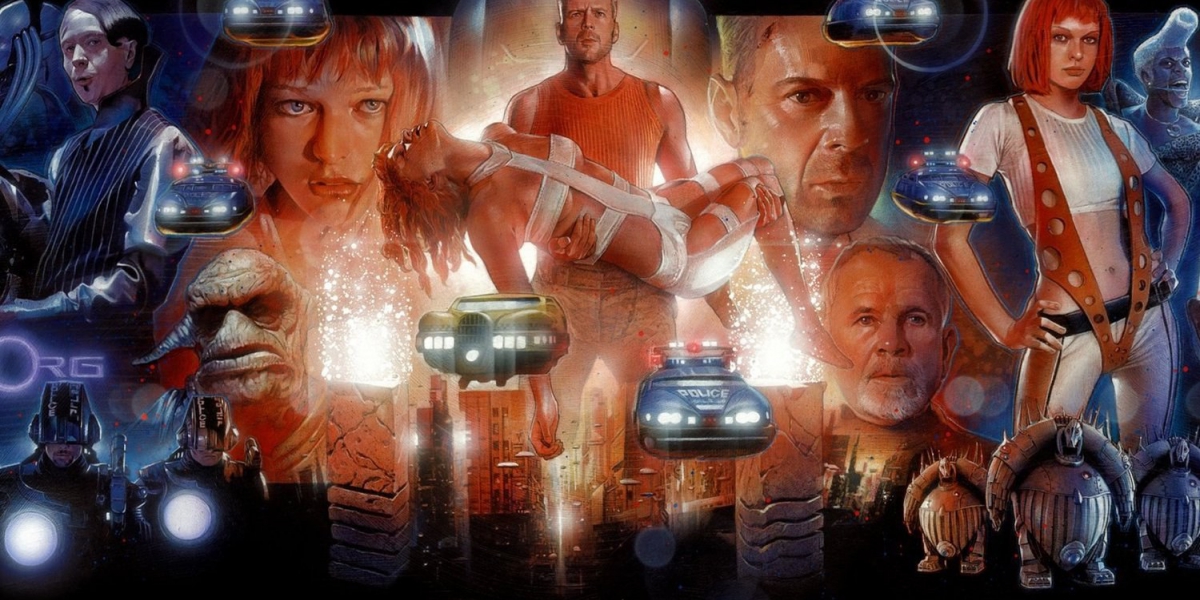

- #I ride on my elements towards the stars unseen... full
- #I ride on my elements towards the stars unseen... series
“What this shows us is that we don’t fully understand the full range of shaping processes at work when planetary nebulae form. “At this point, these are all just hypotheses,” said Balick. The star at the center of the nebula, which is hidden by dust and debris, could have merged with a companion star or drew off material from a nearby star, creating complex magnetic fields and generating the jets. The nebula’s multi-polar and swiftly changing interior structure is not easy to explain using existing models of how planetary nebulae form and evolve, according to Balick. Paths of the jets cross one another, forming “messy” structures and growth patterns within the wings.

Material in the outer portions of the nebula is moving rapidly, at about 500 miles per second, while material closer to the hidden central star is expanding much more slowly, at about a tenth of that speed.
#I ride on my elements towards the stars unseen... series
The bulk of the analysis was performed by Lars Borchert, a graduate student at Aarhus University in Denmark who participated in this study as a UW undergraduate student.īorchert discovered roughly half a dozen “jets” - beginning about 2,300 years ago and ending 900 years ago - pushing material out in a series of asymmetrical outflows. The team compared high-quality Hubble images taken 11 years apart to chart the speeds and growth patterns of features within the nebula’s wings. Credit: Lars Borchert and Bruce Balick/University of Washington The image reveals the surprisingly complex growth patterns caused by multiple ejections from the nebula’s unseen central star in the past two millennia. Various features have moved from the black regions into the white ones during the 11-year interval. Structural changes within the Butterfly Nebula between 20. They want to understand how such activity is possible from what should be a “sputtering, largely moribund star with no remaining fuel.” 12 at the 241st meeting of the American Astronomical Society in Seattle, powerful winds are driving complex alterations of material within the nebula’s wings. When a team led by astronomers at the University of Washington compared two exposures of the Butterfly Nebula taken by the Hubble Space Telescope in 20, they saw dramatic changes in the material within the wings. Yet new research shows that something is amiss in the Butterfly Nebula. Most planetary nebulae have a circular shape, but some have an hourglass or wing-like appearance, such as the well-known “Butterfly Nebula.” These shapes are believed to result from the gravitational pull of a second star orbiting the parent star of the nebula, causing the material to expand into two lobes or “wings.” Like an expanding balloon, the wings grow over time without changing their original shape.

The shed material, enriched with carbon, creates stunning patterns as it is slowly blown into the interstellar medium. Planetary nebulae are formed when red giant stars reach the end of their helium fuel supply and eject their outer layers, becoming hot and dense white dwarf stars about the size of Earth. Credit: Bruce Balick/University of Washington/Joel Kastner/Paula Baez Moraga/Rochester Institute of Technology/Space Telescope Science Institute The other features range in age from 1200 to 2300 years. In the violet-colored regions, strong stellar winds are actively reshaping the nebular wings over the past 900 years. A color rendition of NGC 6302, the Butterfly Nebula, created from black-and-white exposures taken by the Hubble Space Telescope in 20.


 0 kommentar(er)
0 kommentar(er)
